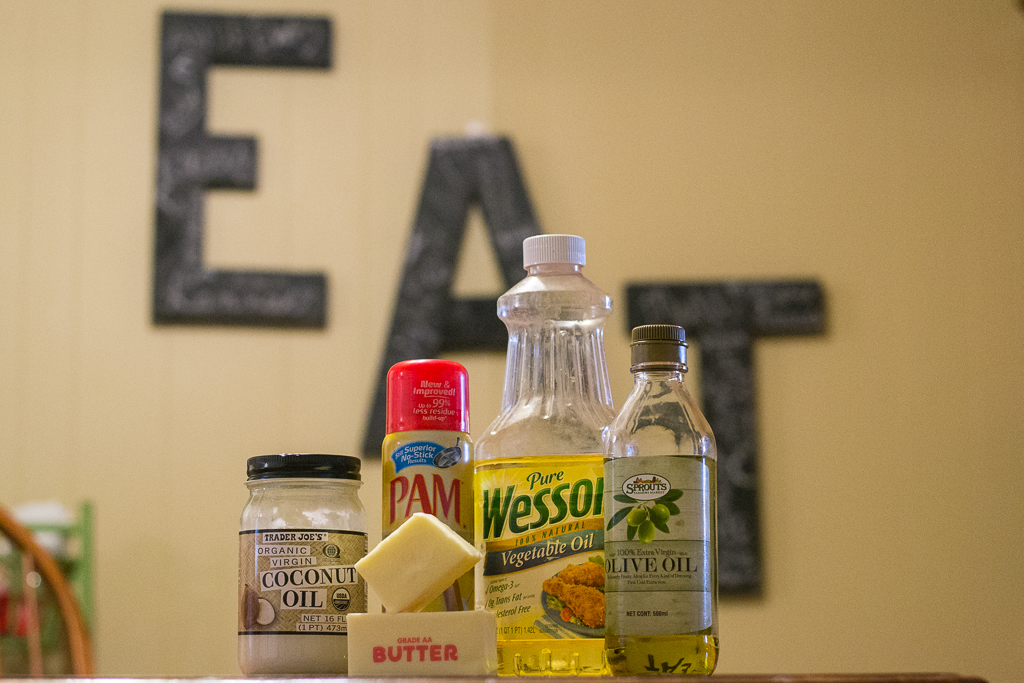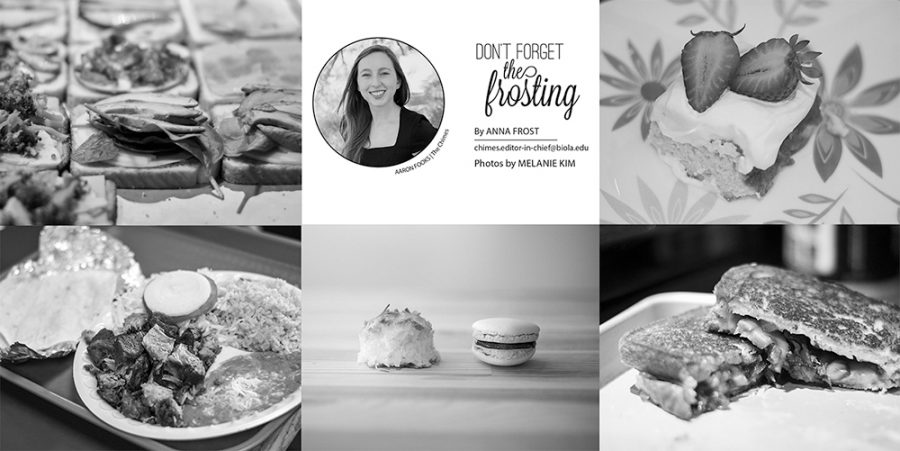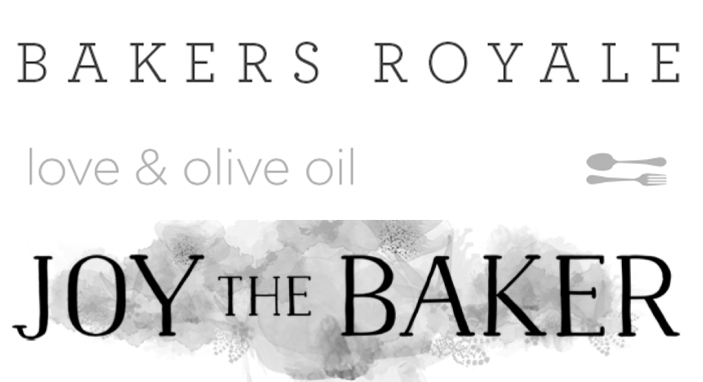As Americans slowly, but hopefully surely, retreat from the faulty low-fat craze of the last couple decades, we find ourselves in an awkward position. We are wholly unacquainted with fat.
We’ve passed fat in the grocery store but quickly averted our gaze while reaching for the neighboring fat-free cooking spray, as if fat were the Medusa of instant obesity. Children and adults alike gulped down low-fat and non-fat milk, unaware milk powder lurks among the pure milk and re-added vitamins.
But now we know that fat-soluble vitamins, such as in dairy products, fail to benefit us when consumed without fat. Margarine and vegetable shortening could no longer masquerade as benign after people paid attention to their trans-fatty threat. People should be rejoicing in the end of the tyrannical reign of unsatisfyingly thin lattes and tasteless cooking. Yet confusion still thrives among foodies and casual cooks alike for two reasons.
LIFE WITHOUT FAT
Though the evils of processed, low-fat foods are commonly acknowledged, the side-stepping of fat itself is still widely prevalent. People still believe the lie whispered by the enemy of flavor, who told us that a life with no fat is better than even a little bit.
Of course moderation should prevail, but real food is interesting in that often the better it tastes, the better it is for you. Let me emphasize the definition of real food — whole, natural foods rather than edible food products — when applying this rule. If it comes in a box, bag or carton with a brand name stamped on it and advertising campaign behind it or is a deep-fried county fair abomination, it doesn’t count. For example, eat chicken with the skin because it tastes good and because it won’t jeopardize your jean size.
EMBRACING FAT
Once you embrace the presence of fat in your food and oil in your pan, the maze of which fat to choose may still lead to confusion. While we were fumbling around for “I can believe it’s not butter” and other well-marketed schemes from the processed food industry, fats hid in fear of persecution. After the darkness lifted, a renaissance of fats took off.
Suddenly, farmers markets hawked avocado oil and Pinterest-lauded coconut oil as perfect for sautéing, baking and even removing makeup. But someone also told you that lard is better than butter when you get it direct from a farmer, and a friend read an article about how cooking with olive oil causes cancer. Meanwhile, you just want to cook dinner.
While it appears seed oils like corn or canola may truly damage our health, pitting quality butter against coconut oil is most likely counterproductive. In the end, it depends on the food you are preparing and how you are preparing it. The first is easy, pick one. If you don’t want your chicken to have a faint flavor of coconut, then coconut oil is probably not your best choice — though there are some highly refined versions without flavor. The second — how you are preparing the food — is slightly more involved, but also more crucial to consider.
FIGURING OUT FAT
Simply put, when fat is heated past a certain temperature, it begins to break down and is no longer good for consumption. The maximum heating temperature, or smoking point, varies for different fats, though many sources have compiled reference lists.
Even without a list, it is quite easy to determine by sight. If you heat a fat and smoke begins to rise and billow from your pan, it’s time to start over with new oil and less heat. The more refined an oil is, the higher its smoking point. For example, extra virgin olive oil has a higher smoking point than olive oil. Using a smoking point chart to figure out which fat you should use for cooking methods that use higher or lower heat will help you to avoid the awkwardness of explaining a set-off fire alarm when you try and fail to stir fry with a low-smoking point fat.
Whether you start cooking with avocado oil or leap for joy that eating whole fat Greek yogurt won’t compromise your CrossFit workouts, I wish you well as you rebuild your fractured friendship with our dearest friend, fat.










